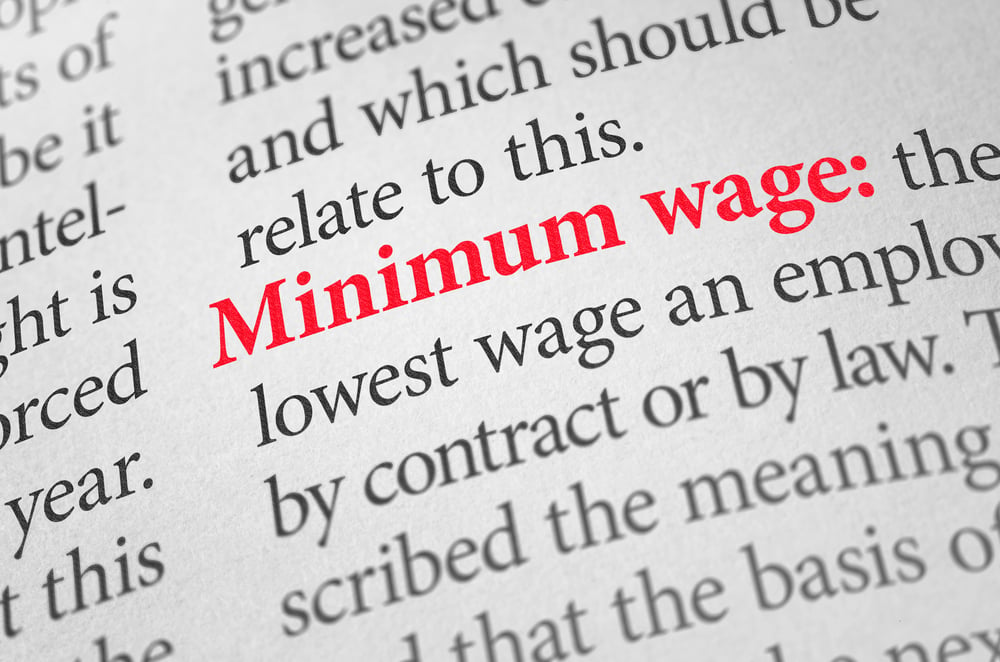The upcoming 20% increase in Mexico's minimum wage in 2024 is a pivotal development, marking the sixth consecutive year of double-digit rises. This significant change, reported by AP, is expected to affect about a third of the country's registered workers earning the minimum wage.
While it's widely acknowledged that most manufacturing companies in Mexico offer wages above the minimum to attract and retain skilled workers, this impending increase must be noticed. Understanding and adapting to this change is crucial for manufacturers to maintain their status as competitive and desirable employers in Mexico. The wage increase presents challenges and opportunities, requiring a strategic approach to wage management and employee relations. In this article, we delve into the nuances of this wage hike and explore how it may reshape labor costs for manufacturers in Mexico, underlining the importance of proactive and thoughtful adaptation to remain at the forefront as employers of choice.
Mexico's minimum wage increase in 2024
Mexico's wage policy is transforming with the significant increase in the general minimum wage announced by the National Minimum Wage Commission (CONASAMI). The prevailing minimum wage has been adjusted from MXN 207.44 to MXN 248.93 daily. To provide context in USD, the assumed exchange rate of 18 USD to MXN is approximately USD 13.83 per day.
Similarly, the minimum wage has been revised in the Northern Border economic free zone, a critical area within an expansive stretch along the Mexico-U.S. border. It has increased from MXN 312.41 to MXN 374.89 per day, translating to about USD $20.83 per day at the same exchange rate.
It's important to note that in Mexico, wages are conventionally expressed in daily terms. This daily rate is used throughout the year and is crucial in calculating various employee benefits and entitlements. To estimate an hourly rate from the daily wage, the annual salary is determined by multiplying the daily rate by 365 and then dividing this by the total annual work hours based on a standard workweek. A typical day shift workweek of 48 hours results in an hourly wage of approximately MXN $31.12 for the general minimum wage and about MXN $46.53 for the Northern Border zone, applying the same calculation method.
Moreover, this increase is not limited to entry-level wages. Still, it extends to minimum professional salaries, reflecting a comprehensive effort by CONASAMI to enhance the economic well-being of workers across various levels.
Comprehending these wage adjustments is essential for manufacturers and businesses operating in Mexico. It helps align their compensation strategies with the evolving economic landscape and maintain their status as competitive and attractive employers in the dynamic Mexican market.
How the minimum wage increase impacts Mexico's workforce
President Andrés Manuel López Obrador's commitment to raising the minimum wage reflects a broader economic strategy to strengthen the peso's purchasing power. Since he assumed office in December 2018, the minimum wage has seen significant increases from its starting point of MXN $88 (equivalent to USD $4.89 at the 18 USD to MXN exchange rate used for this article).
The rise in the peso's value against the U.S. dollar by about 10% since December 2022 is attributed to a confluence of factors, including a record influx of remittances, high domestic interest rates, and substantial foreign investment. These factors have contributed to Mexico's ability to counteract high inflation rates and aim for a general minimum wage that can support an average family of four based on dual incomes, as highlighted by COPARMEX, an independent Mexican employers' union.
With a target set by López Obrador to reach a minimum wage of MXN $260 (USD $14.44 at our assumed exchange rate) by the end of his term in 2024, these increases are part of a strategy to diminish poverty levels and bolster the country's overall economic stability. Higher wages are expected to sustain elevated levels of private consumption and foreign investment, key drivers of Mexico's economic growth.
How Mexico’s minimum wage increase impacts foreign manufacturers in Mexico
As foreign investors consider the impact of Mexico's minimum wage increase, it's essential to look beyond the baseline figures. The manufacturing sector typically pays above minimum wage levels, with unskilled labor earning between USD $4.18 to $4.88 fully-fringed hourly — a competitive rate compared to the U.S. and China. This increase may prompt a modest rise in these higher wage brackets. However, with Mexico's youthful demographics and a workforce eager to engage in manufacturing, the country's labor market remains a viable, cost-effective option for manufacturing investment.
As noted above, manufacturing wages in Mexico are rarely set by federal minimum wage rates. To remain competitive, manufacturers operating in Mexico tend to set higher wages for their labor-intensive and skill-dependent work. These wages, in combination with a range of benefits, are essential for attracting and retaining top talent.
What to do to prepare for Mexico’s minimum wage increase
That said, these minimum wage increases may prompt manufacturers to adjust their own salary rates for certain positions in order to keep pace with inflation and remain competitive with other industries. In addition, law firm Littler Mendelson P.C. notes that Mexico’s minimum wage increase could impact other benefits, such as savings funds and food coupons, as some employee and union agreements tie the amounts offered as part of these benefits to the federal minimum wage. As a result, now is the time for companies to review and potentially adjust their payroll practices.
Whether you want to ensure your payroll is competitive or want a preliminary understanding of the potential costs of operating in Mexico, Tetakawi can help. You can try our online payroll calculator to get a sense of labor costs or contact Tetakawi for a more complete cost estimation.
Subscribe
Sign up and stay informed with tips, updates, and best practices for manufacturing in Mexico.






